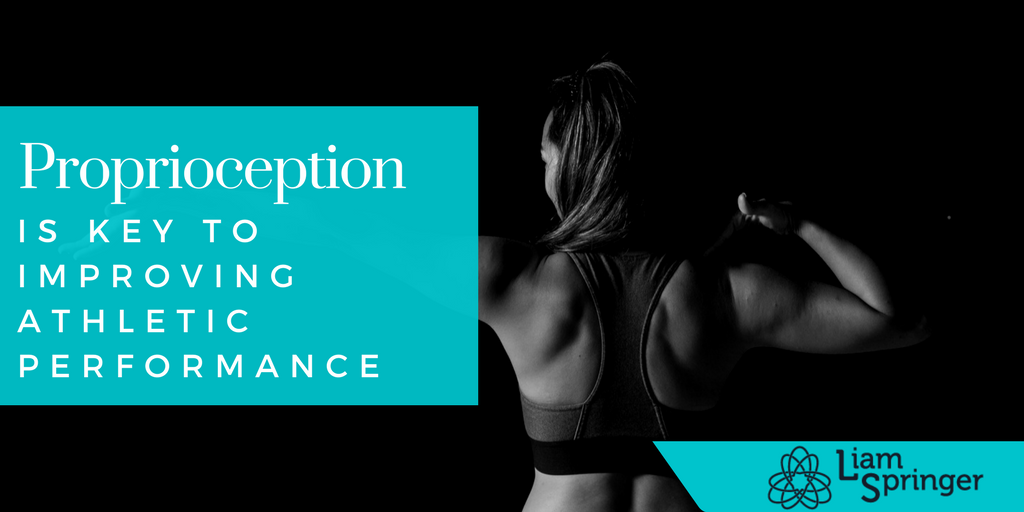
Looking for ways to improve your physical skill and agility? Proprioception plays a key role in coordinating all movement—from the most “basic” task of taking a step (which is actually very complex) to the most advanced athletic action (e.g., sticking the landing in an Olympic vault routine). Keep reading to learn what proprioception is and why it’s so important for improving athletic performance, injury prevention, posture, and more.
What Is Proprioception?
Proprioception is the body’s unconscious sense of movement and spatial orientation. It arises from stimuli within the body itself, which are detected by nerves as well as by the semicircular canals of the inner ear. This sense within the body is essential for both gross and fine motor skills. It is the “sixth sense” that enables you to move through space with coordination. It also gives you the ability to prepare your joints for the forces that are brought through them during movement. This means proprioception is necessary for improving skill and agility as well as preventing injury.
Proprioception is essential for basic motor functions like standing, walking, even touching your nose. It is also necessary for improving athletic performance (i.e., skill and agility) as well as preventing injury.
How Does Proprioception Coordinate Physical Activity?
The ligaments of the body are the foundation of much of our proprioceptive ability. The relative length, tension, and compression of these highly tuned pieces of your connective tissue matrix give information to your brain to let you know where your body is in space. The central nervous system (CNS) then reflexively acts upon the muscular system, orienting the articulation of the bones related to any specific joint via the simultaneous, coordinated contraction of all the muscles attached to these bones. This brings about the incredible accuracy in force production and directional trajectory required during any physical activity.
Skill is brought about via proprioceptive ability. Increasing the function of your proprioceptive system is one of the most important general ways to enhance progress in exercises intended to bring about greater skill in any specific environment. There is not a single sport this does not apply to.
The Postural Map
Perhaps more important than the ligaments themselves is the postural map. Held within the CNS, this map is determined by the cumulative data provided by the ligaments throughout the system. It can be offset by any single ligament being compromised, whether due to acute trauma to the ligament or long-term stresses acquired via impaired movement patterns or compromised postures. The ligaments’ information can be obscured and the CNS can hold a joint in an inappropriate position due to the faulty postural map provided by the impaired ligament(s) in the system.
In these situations, it is essential to “reset” the ligament’s proprioceptive sense by consciously coordinating a posture, and then challenging your body’s ability to maintain that posture. This allows the ligament to be re-integrated into the proprioceptive system, thus reorienting the joint’s posture.
Improving Athletic Performance with ELDOA
A great way to improve proprioception and “reset” the posture of malpositioned joints is by practicing ELDOA. The ELDOA are a series of exercises developed to allow conscious control over the spine, as well as individual joints throughout the body. These consciously coordinated postural exercises give the proprioceptive system the opportunity to re-integrate lesioned components. (Stay tuned for my next blog post to learn more about proprioception of the spine and ELDOA’s relationship to the spinal joints in particular.)
ELDOA exercises are great for:
- Enhancing general proprioceptive ability
- Improving athletic performance
- Increasing balance, flexibility, and range of motion
- Increasing muscle tone, strength, and endurance
- Enhancing spine and joint health
- Correcting bad posture
- And much more
Ready to try ELDOA? Visit BTMAStudios.com for a full schedule of ELDOA classes—including BTMAflex, BTMAfit, and BTMAfix.
For more info on ELDOA, go to BTMAStudios.com. Want more insights on the latest topics in health and fitness? Sign up for my monthly newsletter.






